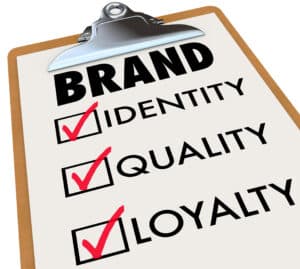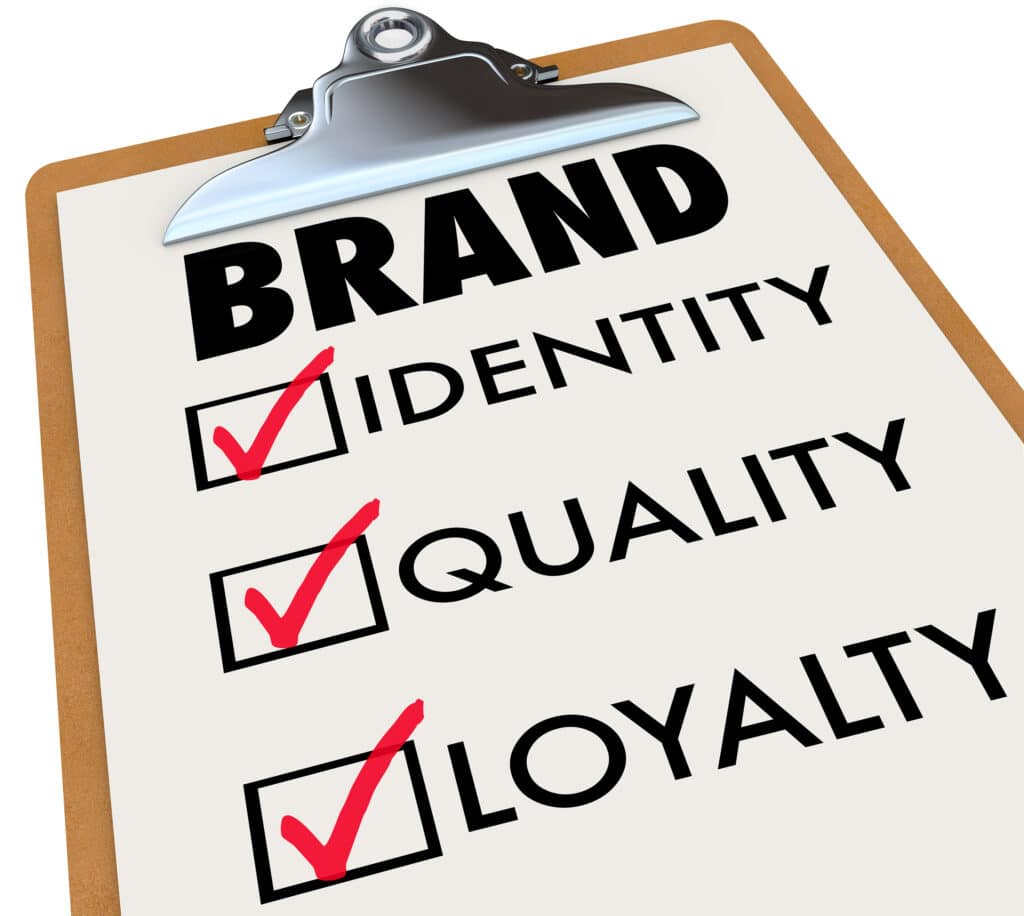In today’s digital landscape, brand loyalty is more than just repeat purchases; it’s about building an engaged community that actively participates in brand advocacy. One of the most effective ways to strengthen brand loyalty is through user-generated content (UGC). UGC, which includes customer reviews, social media posts, videos, testimonials, and blog contributions, has transformed the way brands interact with consumers.
With the increasing demand for authentic and relatable content, businesses that encourage and leverage UGC can drive trust, boost engagement, and cultivate long-term loyalty among their customers. This blog explores the profound impact of UGC on brand loyalty, strategies for harnessing its power, and common challenges to consider.
What is User-Generated Content (UGC)?

UGC is any content created by consumers, rather than the brand itself, and shared publicly. It can take many forms, including:
- Social media posts featuring products or services
- Customer reviews and testimonials
- Videos and unboxing experiences
- Blogs and articles written by customers
- Hashtag campaigns initiated by brands but powered by consumers
- Community discussions and forum posts
Consumers trust UGC because it comes from real people with genuine experiences, making it a powerful tool for increasing brand loyalty.
The Power of UGC in Building Brand Loyalty
- Increases Trust and Authenticity
Modern consumers are skeptical of traditional advertising. According to studies, 92% of consumers trust user-generated content more than branded advertisements. When potential customers see real people vouching for a brand, they are more likely to trust the product and form a stronger connection with the brand.
Example: Nike’s #JustDoIt campaign encourages users to share their fitness journeys, creating an authentic community around the brand’s mission.
- Encourages Community Engagement
UGC fosters a sense of belonging and community. When customers see that their contributions matter and are valued by a brand, they are more likely to remain engaged and loyal.
Strategies for fostering community engagement through UGC:
- Feature customer content on brand social media pages and websites.
- Run contests or giveaways that encourage users to share their experiences.
- Respond to and interact with user-generated posts to show appreciation.
Example: GoPro’s content strategy relies heavily on UGC, showcasing thrilling user-submitted adventure videos that reinforce a strong and engaged community.
- Drives Emotional Connection with the Brand
Consumers develop an emotional attachment to brands that showcase real stories and experiences. UGC provides an avenue for customers to share their narratives, which can deeply resonate with others.
Emotional connections lead to:
- Higher customer retention
- More frequent interactions with the brand
- Increased willingness to recommend the brand to others
Example: Coca-Cola’s ‘Share a Coke’ campaign featured customer-submitted stories and personalized bottles, fostering an emotional bond with the brand.
- Boosts Social Proof and Influences Purchase Decisions
Social proof is one of the strongest psychological drivers of consumer behavior. When customers see others endorsing a product through authentic experiences, it influences their purchasing decisions.
UGC acts as a form of word-of-mouth marketing, which is more effective than traditional ads.
Example: Amazon and Yelp reviews play a crucial role in influencing buyers’ decisions, as potential customers rely on peer experiences before making a purchase.
- Encourages Repeat Engagement and Brand Advocacy
Customers who engage in UGC are more likely to become brand advocates, sharing their experiences and recommending the brand to others. These advocates contribute to the brand’s visibility, credibility, and long-term loyalty.
Encouraging advocacy through:
- Exclusive loyalty programs for customers who generate content
- Featuring top contributors in marketing campaigns
- Creating ambassador programs for highly engaged users
Example: Lululemon’s ambassador program features real customers who actively participate in the brand’s fitness-focused community, strengthening long-term brand loyalty.
Strategies for Encouraging User-Generated Content
To leverage UGC effectively, brands must create a strategy that encourages, curates, and showcases consumer-created content.
- Create a Branded Hashtag Campaign
Branded hashtags encourage users to share their experiences and contribute to a larger conversation.
How to execute:
- Choose a catchy and relevant hashtag.
- Promote it across all brand channels.
- Engage with users who participate by resharing their content.
Example: Starbucks’ #RedCupContest encourages customers to share their festive coffee experiences, creating a seasonal buzz around the brand.
- Incentivize Content Creation
Offering incentives such as discounts, prizes, or features on official pages can motivate customers to generate content.
Ways to incentivize UGC:
- Offer exclusive discounts for sharing product experiences.
- Run contests that reward the best user content.
- Provide VIP experiences to top contributors.
Example: Adobe’s ‘Art Maker Series’ showcases digital artists who use Adobe products, rewarding them with exposure and recognition.
- Feature UGC in Marketing Campaigns
Including UGC in advertising, emails, and websites makes customers feel valued and appreciated, increasing loyalty.
How to incorporate UGC into marketing:
- Feature real customer testimonials in ad campaigns.
- Use UGC in email marketing to increase open rates.
- Display customer photos and videos on product pages.
Example: Airbnb’s website features real guest reviews and images, providing authentic insights into accommodations and experiences.
- Leverage Influencers and Micro-Influencers
Influencers bridge the gap between traditional advertising and UGC by providing trusted recommendations.
Best practices for influencer partnerships:
- Work with micro-influencers who have high engagement rates.
- Encourage influencers to create honest reviews rather than scripted promotions.
- Use influencer-generated content across brand channels.
Example: Daniel Wellington watches grew rapidly by leveraging micro-influencers, creating a viral effect through genuine product endorsements.
Challenges and Pitfalls of UGC
While UGC offers numerous benefits, brands must navigate challenges to ensure its success.
- Maintaining Brand Consistency
Not all UGC aligns with brand messaging. To mitigate this:
- Establish guidelines for content submissions.
- Curate and moderate content before featuring it on official platforms.
- Managing Negative or Inappropriate Content
Customers may post negative or inappropriate content. Brands must:
- Have a clear moderation strategy.
- Address customer concerns transparently and professionally.
- Legal and Copyright Issues
Brands must ensure they have permission to use customer content. To avoid legal complications:
- Ask for explicit user consent before using their content.
- Implement terms and conditions for content submission.
- Keeping Engagement Consistent
Encouraging continuous user participation requires:
- Regular engagement with contributors.
- Periodic campaigns that refresh audience interest.
User-generated content has revolutionized brand-consumer relationships by fostering trust, engagement, and loyalty. By encouraging authentic interactions and showcasing real customer experiences, brands can create a loyal community that advocates for them.
To maximize the impact of UGC, brands must implement strategic campaigns, reward contributors, and maintain a balance between authenticity and brand consistency. When executed effectively, UGC not only enhances brand visibility but also creates a long-term emotional connection that keeps customers coming back.
As brands continue to navigate the evolving digital landscape, those that prioritize and integrate UGC into their marketing strategies will see stronger customer loyalty, increased conversions, and lasting success in a competitive market. If you need help with any of this, call Go Media at (919)-443-5405 today!

